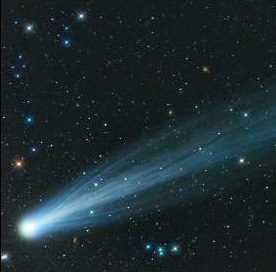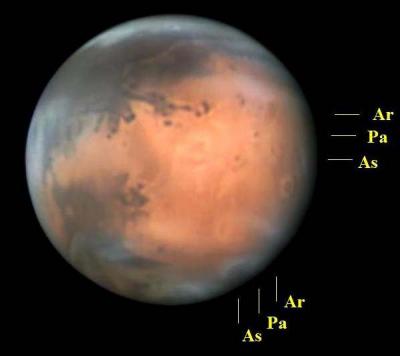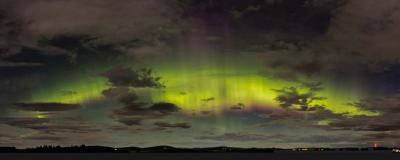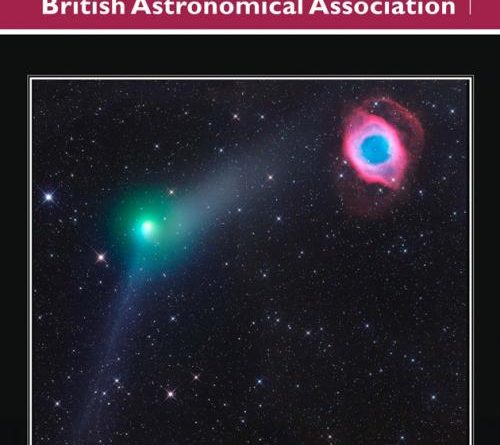Archives
Comet prospects for 2018
These predictions focus on comets that are likely to be within range of visual observers, though comets often do not
Read moreMars in 2016-2017: Third interim Report
Since the second report on the 2016 opposition in the 2016 August Journal (126(4), 205-206 (2016)), Mars was kept under
Read moreAuroral Activity, 2017 July 1 – October 20
The Sun is getting very quiet very fast and the 11-year cycle seems to be coming to an end, with
Read moreFrom your new President
It is a singular honour to be elected as President of the Association, and our last president, Dr Jeremy Shears,
Read more




